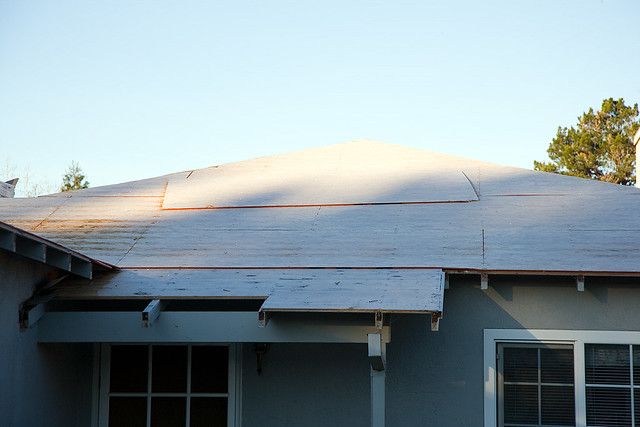How To Choose Roofing Underlayment

The first thing that most people will notice when looking at your roof is the top layer. You will also notice flashings and other roofing structures. While most homeowners pay attention to the external parts of the roof that are usually seen, the underlayment is still something that needs to be attended to since it plays an integral role in keeping your roof’s interiors away from water and moisture.
But before we get into what are some of the best choices for roofing underlayment, we have to first look at what are some underlayments that are readily available in the market and what are some factors to consider.
What Is An Underlayment
As the name suggests, underlayment is a layer right below the top layer of your roof that acts as a barrier against the different forces of nature. In most cases, underlayments are specifically tailored in keeping water, moisture, and penetrative heat away from your roof’s interiors. There are certain roofing materials that require an underlayment right below it such as shingles and slate tile roofs. There are also some roofing materials that require underlayments as secondary materials like metal roofing. Though it’s still recommended that metal roofs have a synthetic layer for temperature resistance.
There are different underlayments that are available in your local builder’s depot. Each underlayment has its own unique characteristics so it’s best to choose wisely.
Felt Paper
As the name suggests, this is a sheet of paper that’s made out of cellulose or fiberglass while being infused with a mixture of asphalt. The consistency of felt paper makes it hard for water and moisture to penetrate to the roof’s interiors. Just like every other underlayment, there are usually adhesives placed on one side to make installation easier.
Synthetic Plastic Sheets
Made with a mixture of polymers and other plastic materials, this is a step above felt paper in terms of durability. Moreover, the plastic consistency of these sheets makes it waterproof and less likely for water and moisture to penetrate towards the layer below the underlayment. This layer is also quite resistant to the effects of UV rays and penetrative heat which makes it great for homes situated in the warmer states of the United States.
However, the durability and lifespan of these sheets will also depend on the quality and the brand that you’ll be using.
Rubberized Asphalt
For flat roofing materials and other non-conventional materials in the market, rubber-based underlayment is one of the most preferred. For homes that are situated in more humid areas, the polymer film of this underlayment is great in resisting moisture and humidity. Moreover, the rubber-like consistency of this underlayment can have ‘self-sealing’ properties which can make maintenance less of a hassle.
Homeowners have to also do their research on the brands that they are going to be using. There are some underlayments that have a noticeably higher quality than other products in the market.
Why have An Underlayment
Most homeowners are quick to choose form over function when it comes to choosing the right roofing material and underlayment. However, the function of these roofing materials and underlayments should never be ignored. Underlayment is an important part of keeping your roof dry.
In the long-term, water damages and roof leaks can inflict significant amounts of damage to your roof. It might not look like much, but water damages has serious implications. Water and moisture could easily lead to the formation of molds, mildews, and mosses. Additionally, on warmer areas of the United States, roofs tend to get easily bombarded by UV rays. Having an underlayment can help safeguard and ensure the lifespan and integrity of your roof from these elements.
Other Things To Consider
If you are more concerned about the price of these products, then you can always choose felt paper which tends to be the cheapest in the group. However, investing in a good underlayment can help ensure a longer lifespan for your roof and can make sure that your roof is a working and pristine condition for years to come.
Moreover, it’s also recommended that you choose underlayments that are compatible with the top layer of your roof and will blend in seamlessly.
At the end of the day, choosing the right roofing underlayment will boil down to the price of it and what underlayment best suits the climate of the area since there are some that work well in warmer climates and some that are better for more humid weather.
Related Articles
Recent Posts
Categories